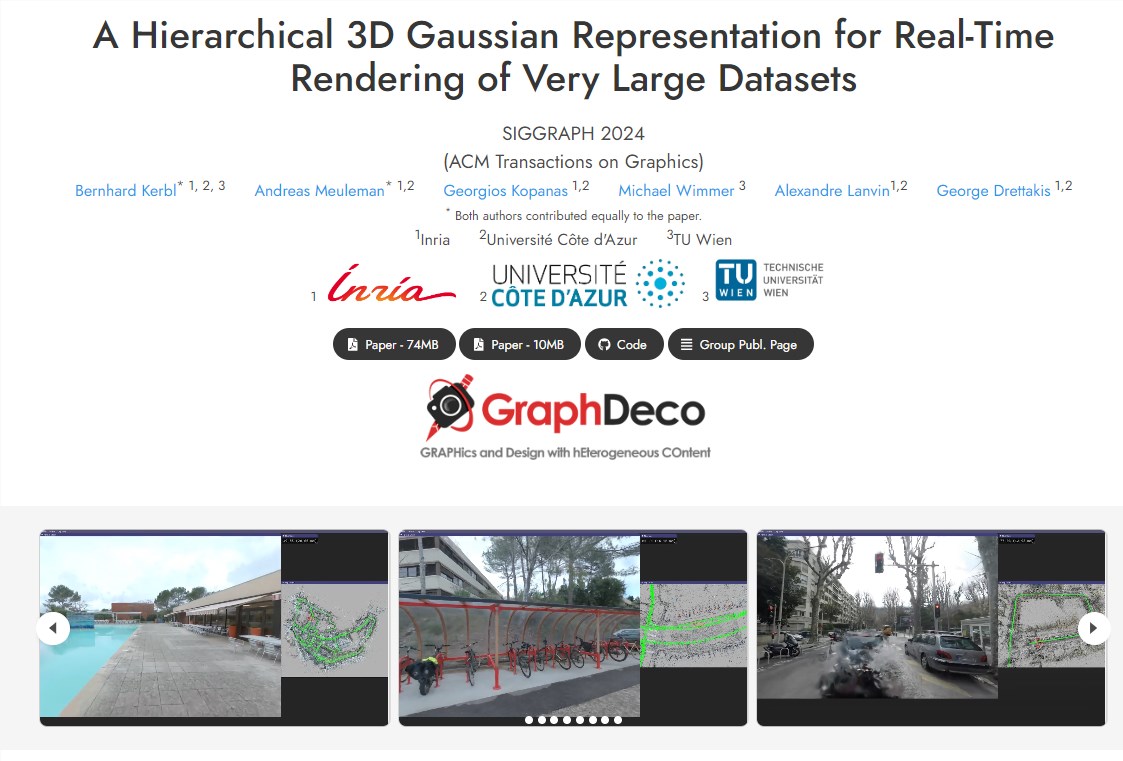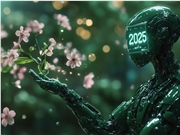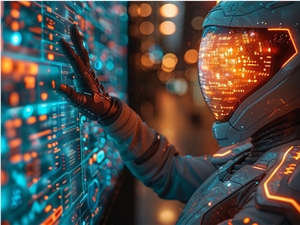In the fields of virtual reality and computer graphics, the application of 3D Gaussian representation has made significant progress, demonstrating excellent performance in visual effects, training speed, and real-time rendering capabilities. However, the computational resources required for high-quality scene rendering still limit the scale of datasets we can effectively process.
To address this issue, researchers have proposed an innovative 3D Gaussian hierarchical representation method called Hierarchical3D Gaussian. This method constructs a hierarchical 3D Gaussian structure, enabling efficient processing of extremely large-scale scenes while maintaining visual quality. The core of this method lies in providing an efficient level of detail (LOD) solution, achieving precise rendering of distant content, and enabling smooth transitions between different levels.

Specifically, this method employs a divide-and-conquer strategy, decomposing a large scene into multiple independent small blocks for training. These blocks are then integrated into an optimized hierarchical structure to further enhance the visual quality of intermediate node Gaussian representations. This not only overcomes the limitations of traditional 3D Gaussian representation in handling sparse scenes but also makes real-time rendering possible.
Research results show that this new method can handle large-scale data containing tens of thousands of images, covering scenes of several kilometers, and can perform adaptive rendering under different resource conditions. Relevant video materials and code have been published on public platforms.
Project entry: https://repo-sam.inria.fr/fungraph/hierarchical-3d-gaussians/
Key points:
🌟 **Breaking Traditional Bottlenecks**: The new method addresses the bottleneck of rendering ultra-large datasets through hierarchical 3D Gaussian representation, enhancing visual effects and processing efficiency.
🚀 **Efficient Training and Rendering**: By using block training and hierarchical optimization techniques, real-time rendering of ultra-large-scale scenes has become a reality.
📈 **Broad Application Potential**: This technology can handle complex scenes with tens of thousands of images and adapt to various resource conditions, demonstrating significant practicality.








